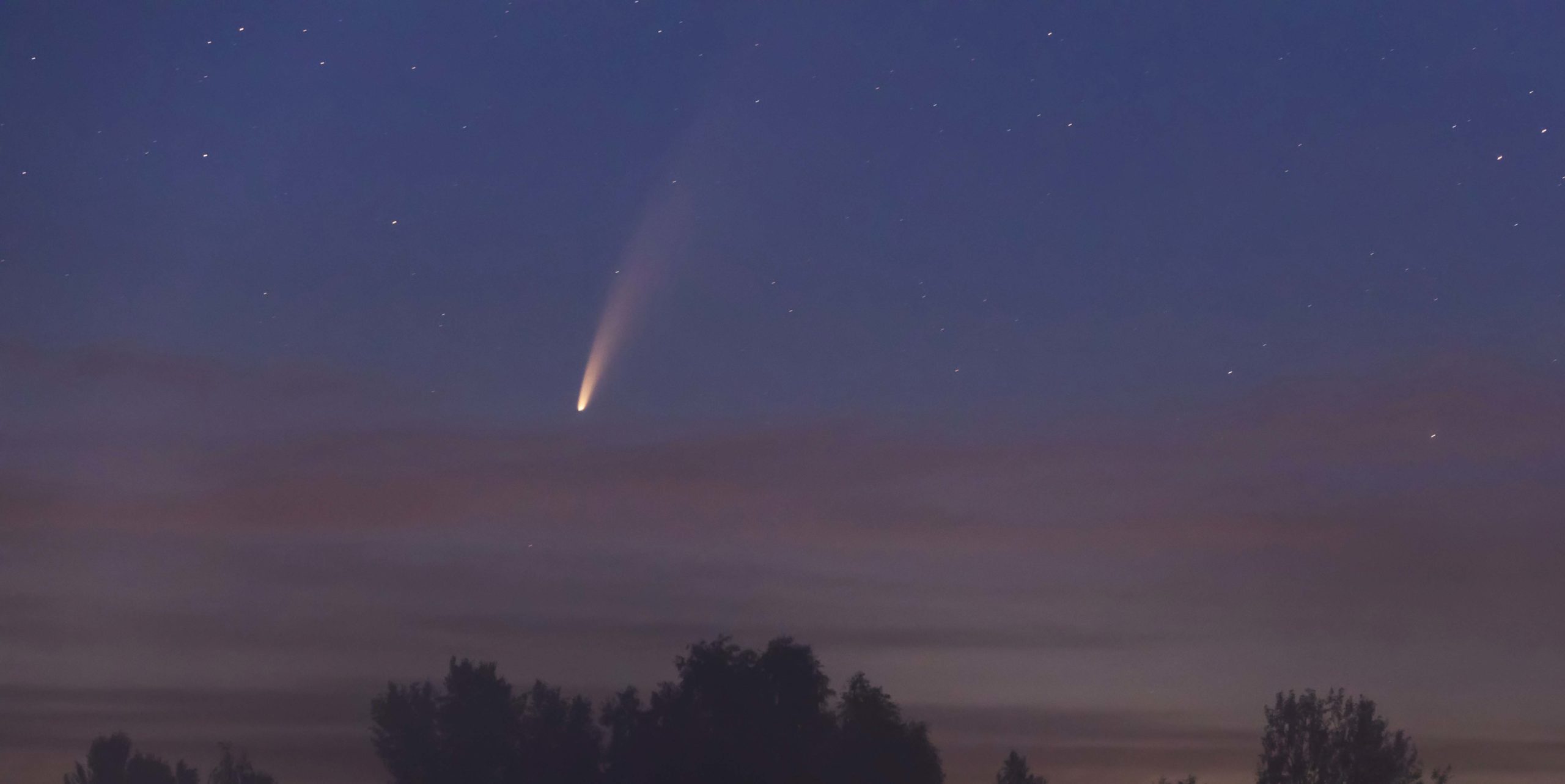
Don’t Miss a Rare Comet as It Shoots Across the California Sky
This one won’t be back for 7,000 years.
-
CategoryExperiences, Outdoor Adventure
-
Photo byAnton Petrus/Getty Images
For the first time in nearly a quarter century, a comet will be visible to the unaided eye as it streams across the Northern Hemisphere. Named Neowise, the 3-mile long comet will get closest to earth on July 22 but will begin to fade away as it heads back into the solar system. According to MSN, the comet will be most visible to us on evenings between now and Sunday.
“Most comets are very far away, but every once in a while one will get directed inward and come in very close to the sun and sometimes close to the Earth,” said Andrew Fraknoi, an astronomy professor at the University of San Francisco’s Fromm Institute. “That rare event, when a chunk of ice actually makes an orbit where we can see it, where it’s both illuminated by the sun and relatively close to us, that’s pretty rare. That’s what everybody is excited about.”
See more photos here.
In California, Cannabis Events Are Thriving
From festivals to expos, cannabis was heavily represented at events all throughout California this summer.
Oh, Hey May! Events Coming This Month to California
Wonderful things on the horizon.



















